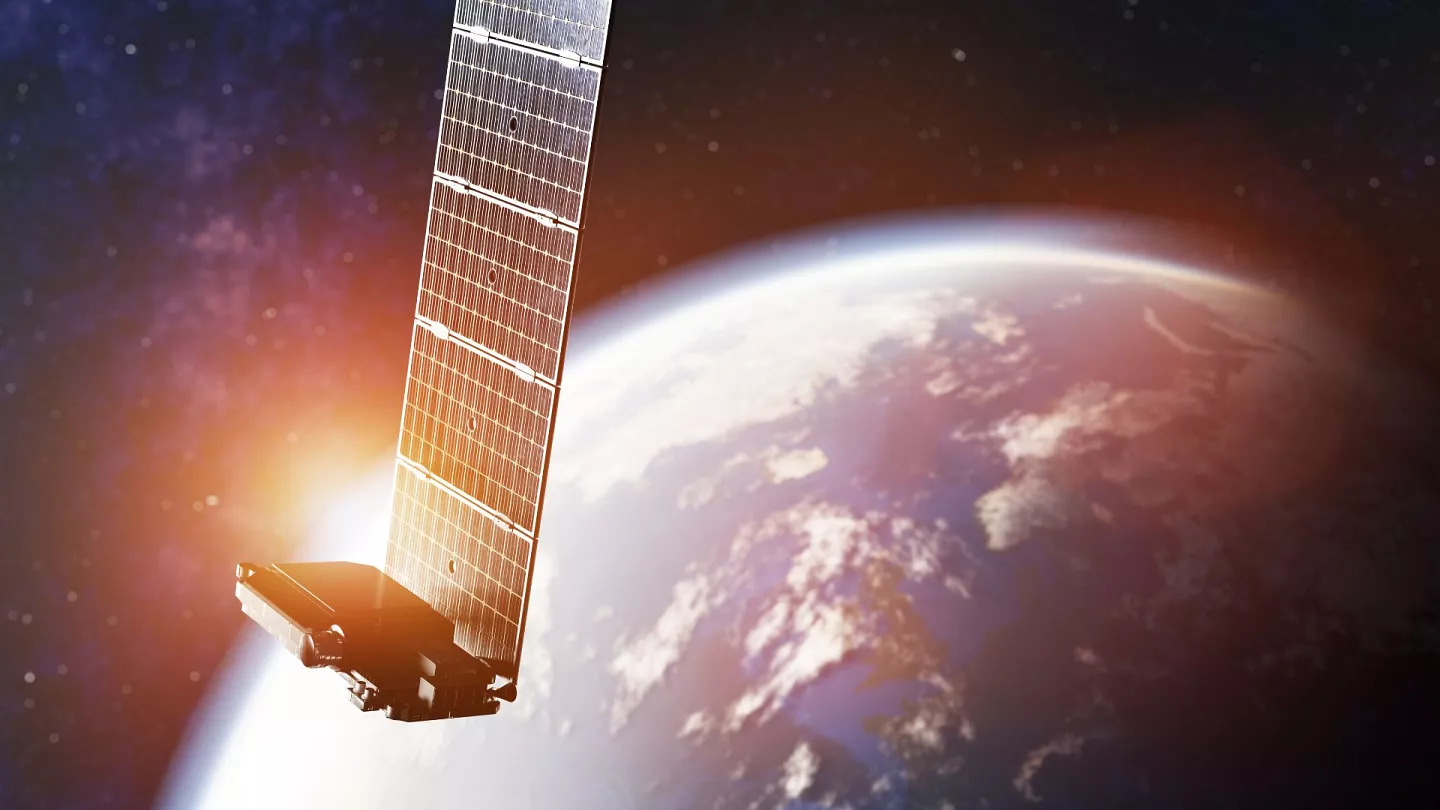Scientists' relentless efforts to discover cleaner energy sources have borne fruit in a groundbreaking development: the implementation of solar panels in space. This innovative approach has the potential to transform our access to sustainable power, offering a game-changing solution for the world's energy requirements.
A recent study by the Universities of Surrey and Swansea has revealed that a brand new, lighter solar panel can be created and it can endure solar radiation for over six years. This panel can even generate power after 30,000 orbits of the planet. The lead author of this study is Craig Underwood, who is an emeritus professor of spacecraft engineering at the University of Surrey Space Centre.
What is a Solar Space Farm?
A solar space farm is comprised of large solar panels that orbit above the Earth. The inventors have looked to the skies as the next frontier for renewable energy due to the high intensity of sunlight available in space.

In the vacuum of space, the sun's rays are approximately ten times more powerful than on Earth, allowing for continuous capture of solar energy 24 hours a day, as opposed to only during daylight hours.
In October of last year, the European Space Agency (ESA) revealed its proposal for a solar farm that would float at an altitude of 36,000 km above the Earth.
According to an official statement, the University of Swansea's researchers have created novel solar cells using cadmium telluride. These cells are not only larger, lighter, and more efficient than existing technology but are also cost-effective to produce.
In orbit, instruments developed by scientists from the University of Surrey were utilized to evaluate the performance of these cells. The satellite housing these cells was constructed at the Surrey Space Centre with the assistance of aspiring engineers from the Algerian Space Agency. Despite a gradual decline in the cells' power output, the researchers are confident that their results demonstrate the feasibility and potential commercial viability of solar power satellites.
© Copyright 2023. All Rights Reserved Powered by Vygr Media.
























